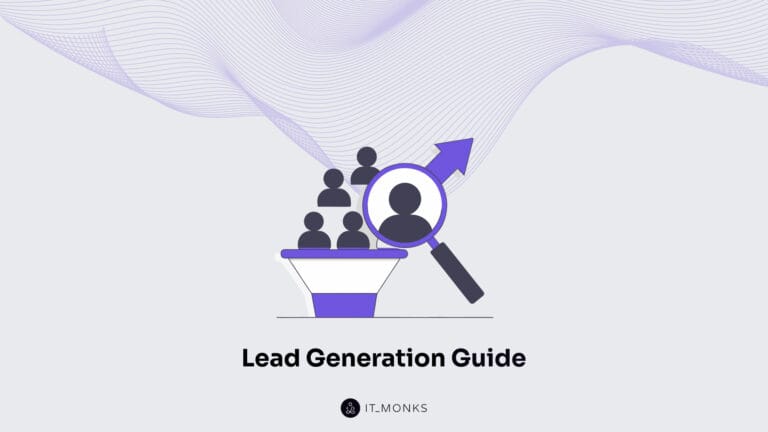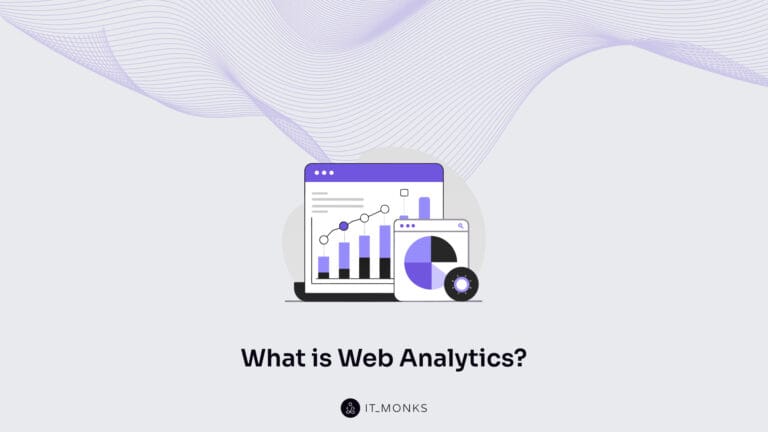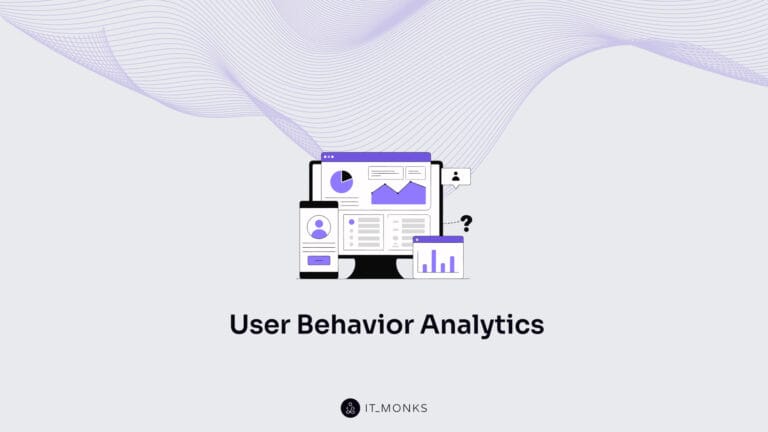Enterprise Software Strategy for Scalable Website Architecture
Table of Contents
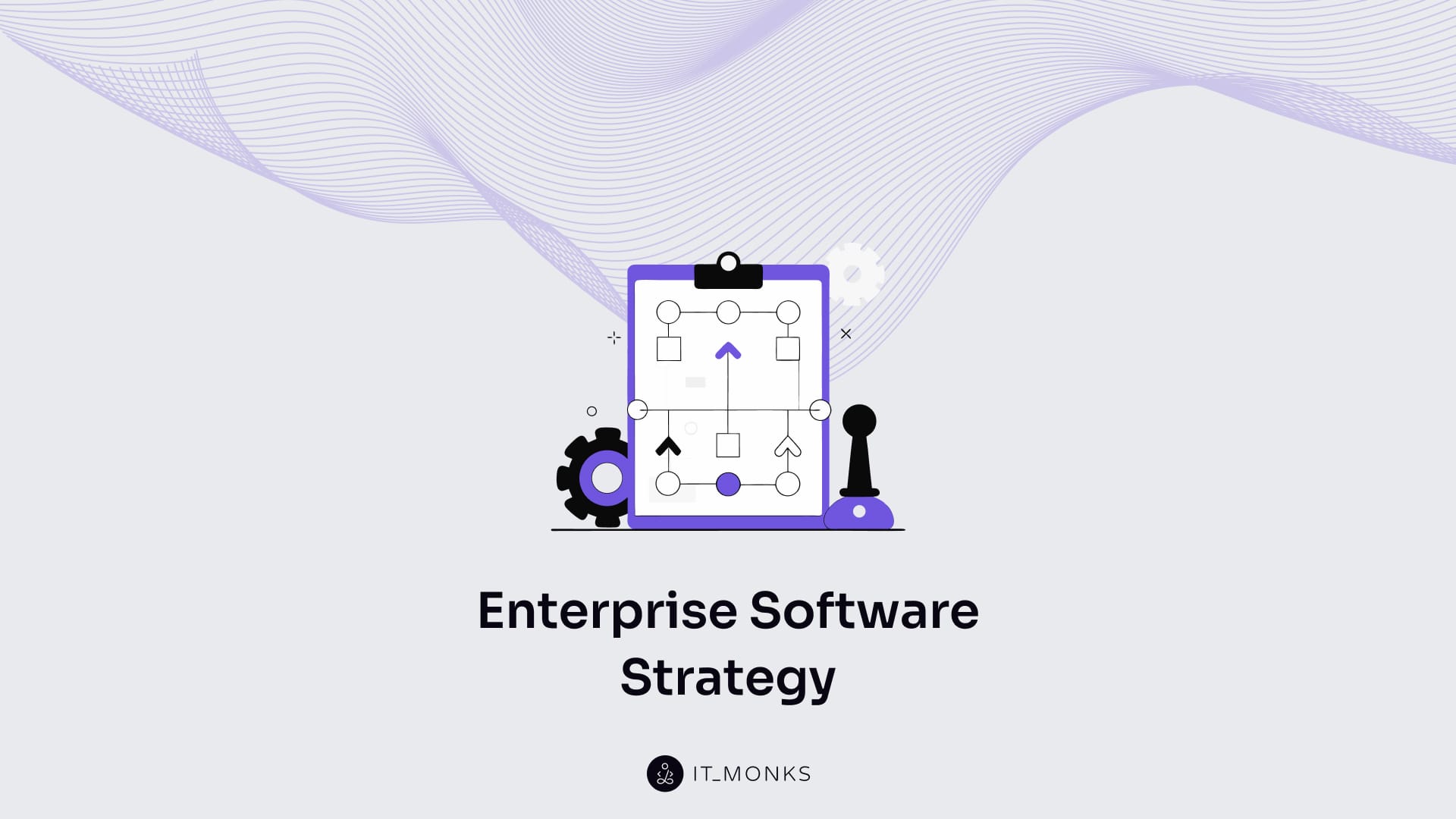
An enterprise website requires a structured software strategy to scale efficiently, integrate across systems, and comply with operational governance. As a governing layer within the broader scope of enterprise website development, a software strategy shapes the core technical foundation that supports both business growth and system resilience.
The purpose of this strategy is not merely to select tools or platforms, but to orchestrate a cohesive and scalable website architecture that aligns with organizational priorities and technological boundaries.
In the context of enterprise website development (particularly within modular, CMS-driven platforms such as WordPress), the software strategy determines how well a system adapts to increasing content demands, evolving integrations, and shifting compliance requirements.
Without this foundational layer, enterprise systems become fragmented, performance degrades, and platform interoperability suffers. A coherent enterprise software strategy directly impacts the website’s ability to support future functionalities and withstand operational stress.
At its core, an enterprise software strategy enables scalability, governs integration decisions, supports compliance, and aligns system orchestration with defined business and operational KPIs. It defines not just what tools are used but how they interoperate across middleware, APIs, CMS platforms, and data layers.
Whether deploying a CMS, scaling through cloud infrastructure, or managing security protocols, each decision reflects an architectural intent defined by this strategy.
This article breaks down the software strategy into distinct layers, starting with aligning to business objectives, establishing software criteria, defining integration pathways, implementing scalable workflows, and maintaining system performance.
Define Business Objectives
Enterprise software strategy is fundamentally shaped by business intent. Its purpose is to support defined goals, not just through functionality, but through strategic alignment with what the organization is trying to achieve. The enterprise website is not a standalone asset; it’s a delivery mechanism for outcomes that matter — monetization, expansion, and efficiency.
These objectives provide the structure for software planning. The requirements for scalability, integration, and automation don’t arise from technical preferences — they’re derived from what the business needs the website to accomplish. Each KPI sets a performance target that the platform must be built around, making software strategy an extension of enterprise planning.
The enterprise website architecture becomes the execution surface for these objectives. Its ability to perform, adapt, and interoperate is determined by how well the underlying software stack aligns with business goals.
Revenue Generation
Revenue generation is a defining objective for any enterprise website, and the software strategy behind it must reflect that priority. Architecture isn’t neutral here. Platform decisions directly shape the ability to convert, transact, and scale monetization efforts.
Key components of the software stack (including CMS, CRM, and analytics) enable personalized user journeys and optimize conversion workflows. System uptime, page load performance, and checkout stability are not optional; they are revenue-critical. Even minor delays or failures in these areas can result in significant losses.
A revenue-oriented architecture incorporates support for A/B testing, integrates with payment systems, and delivers consistent performance under load. Each of these capabilities is shaped by strategic platform selection, infrastructure planning, and integration orchestration. The enterprise website becomes the transactional surface where these systems intersect.
To support digital transactions at scale, software strategy must prioritize monetization readiness across all layers, from hosting and caching to conversion tooling and data feedback loops. Revenue targets are only met when architecture is built to support them.
Market Expansion
Market expansion, whether into new geographic regions, industry verticals, or audience segments, is a core objective that the enterprise website must support. Achieving this requires more than publishing content in new languages. It demands software that accommodates regional performance, localization, and compliance from the start.
Scalable expansion depends on how the CMS platform manages multi-site and multi-language deployments. Translation support, modular content structures, and localized UX workflows must be built into the CMS, not added as afterthoughts. At the infrastructure layer, geo-CDNs and multi-region hosting ensure speed and uptime across time zones and continents.
Software strategy must also govern data sovereignty, privacy requirements, and legal variations across jurisdictions. Expansion introduces complexity; each new market brings new rules. The software stack must facilitate compliance as natively as it delivers content.
Operational Efficiency
As complexity scales, the software must minimize friction across workflows, accelerate execution, and support maintainability over time.
Efficiency breaks down when core processes — like content publishing, versioning, approvals, security patches, or code deployments — become bottlenecks. This is where architecture directly influences velocity.
CMS usability, access controls, and workflow automation determine how quickly updates are delivered and the amount of overhead required to maintain the site.
A streamlined DevOps pipeline, with CI/CD tooling and clear deployment paths, enables faster iteration and reduced downtime. Editorial systems with structured roles and publishing flows minimize delays and errors. Middleware orchestration and integrated admin interfaces reduce context switching and improve visibility across teams.
Strategic software selection must take into account these operational realities. A system that’s difficult to update, insecure to scale, or manual to manage introduces cost and risk. The enterprise website must support efficient internal execution as much as it supports external performance.
Define Software Criteria
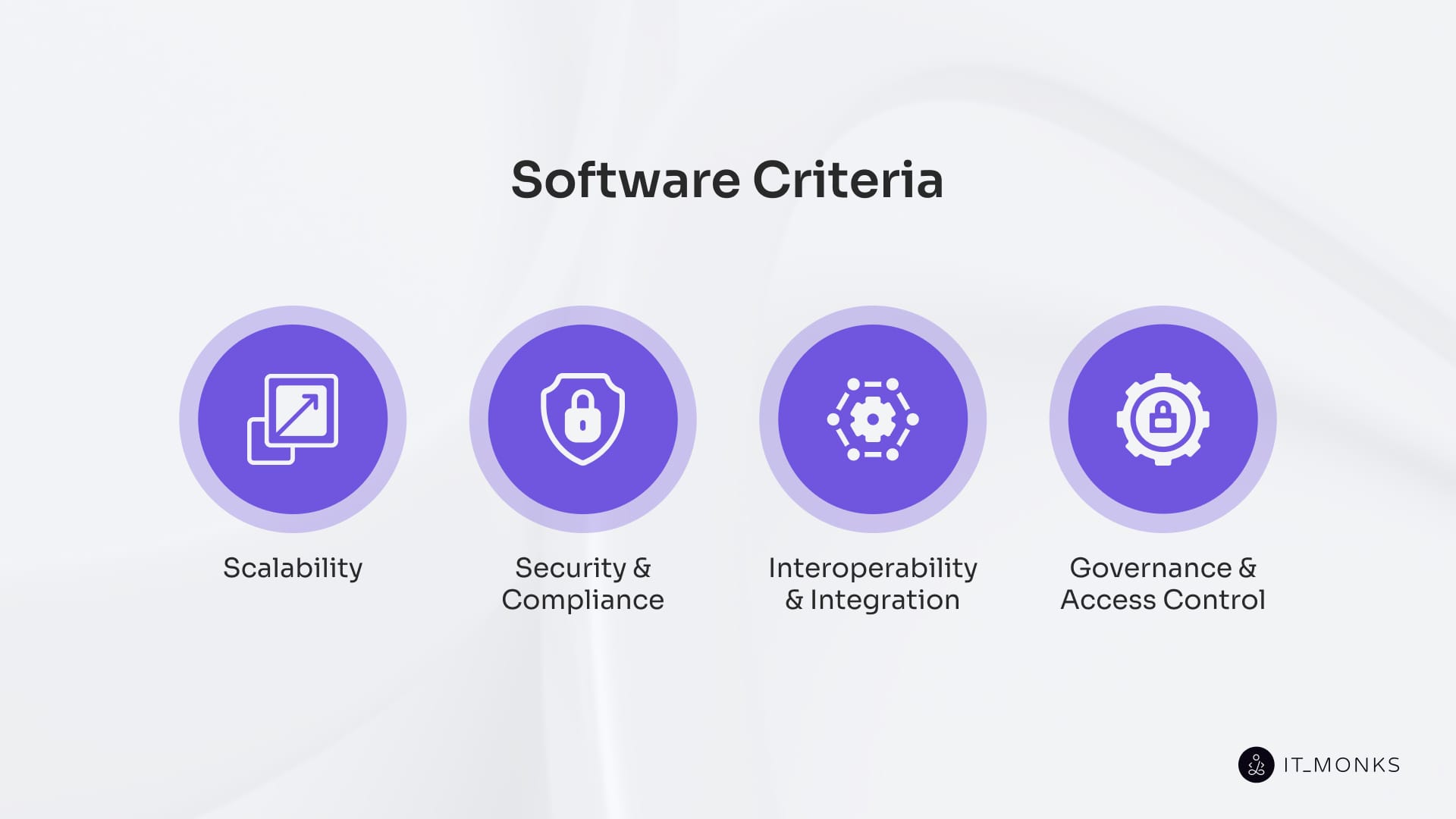
Software strategy becomes actionable only when shaped by clear, enforceable criteria. These are not preferences or features — they are architectural requirements that every component in the enterprise website stack must satisfy. From CMS selection to integration layers, each decision is governed by criteria that align with long-term performance, scalability, and maintainability goals.
The enterprise website cannot meet its business objectives — revenue, expansion, efficiency — without purpose-built software to support those outcomes. Whether deployed on WordPress, Adobe Experience Manager, or a custom CMS, the software must be evaluated through the same lens: does it scale, integrate, secure, and govern effectively?
Each criterion directly supports a strategic outcome:
- Scalability ensures performance under growth.
- Integration readiness allows systems to share data across regions and functions.
- Security and compliance protect data while ensuring compliance with legal frameworks.
- Governance and access control maintain operational clarity and reduce risk.
Scalability
Scalability is a baseline requirement for any software component intended to support an enterprise website. It defines the platform’s ability to accommodate growing content volume, traffic bursts, user concurrency, and integration complexity, without architectural strain or reengineering.
At the infrastructure level, scalable systems rely on load balancing, autoscaling, and container orchestration to sustain performance under unpredictable load. At the application level, CMS frameworks and frontend delivery systems must support modular growth, multi-site configurations, and distributed content delivery. This involves utilizing stateless components, edge caching, and infrastructure-as-code to adjust resources dynamically.
Crucially, scalability goes beyond traffic. It includes the ability to support expanding editorial teams, layered integrations, localized content sets, and governance needs. A scalable software strategy ensures that each layer — from hosting and CMS to deployment workflows — can adapt in parallel as business requirements evolve.
Without this elasticity, systems face bottlenecks, downtime, or costly replatforming.
Interoperability & Integration
Enterprise website architecture doesn’t operate in a vacuum; it must interconnect with a growing constellation of internal and external systems. Interoperability refers to the ability of these systems to communicate and exchange data in a meaningful manner. Integration is the technical execution of that principle, implemented through APIs, webhooks, and middleware orchestration.
The integration layer must enable seamless interaction with core platforms, including CRMs, ERPs, PIMs, analytics engines, and authentication providers. This requires adherence to established protocols, such as REST, GraphQL, OAuth, and SAML, and the use of structured API endpoints, data contracts, and versioned schemas that prevent failure under scale.
A mature software strategy incorporates middleware orchestration patterns, such as iPaaS, event-driven flows, or enterprise service buses (ESBs), to manage data synchronization, identity federation, and system handshake integrity. This is not optional. Integration readiness is crucial for automation, reporting, personalization, and governance workflows to operate seamlessly across systems.
Security & Compliance
Security protects systems, data, and access layers from breaches, misuse, or disruption. Compliance ensures that the software stack aligns with legal, regulatory, and corporate standards, such as SOC 2, HIPAA, ISO 27001, and GDPR.
At the architectural level, CMS platforms, APIs, plugins, and hosting layers must be evaluated for risk exposure and enforcement capabilities. This includes role-based access control (RBAC), data encryption at rest and in transit, audit logging, and safe plugin ecosystems. These controls must be embedded, not bolted on.
Security enforcement spans the shared responsibility model: infrastructure must support patching and threat detection, while the application layer handles authentication, authorization, and granular permissions. Compliance readiness includes audit trails, incident response capabilities, and proof of governance over sensitive content and user activity.
Without these foundations, scalability and integration are irrelevant. An enterprise platform that can’t enforce access boundaries, protect data, or pass audits simply isn’t viable.
Governance & Access Control
Governance defines how enterprise website operations are structured, approved, and enforced. Access control implements those policies through technical mechanisms, setting who can do what, when, and how across content, development, and deployment workflows.
In large-scale environments, where multiple teams interact — such as marketing, development, legal, and operations — role-based access control (RBAC) becomes essential. CMS platforms and infrastructure must support granular permissions, editorial workflows, deployment gating, and version control to prevent unauthorized changes and enforce accountability.
Governance enforcement occurs through defined workflows, including who approves content updates, who can merge code, and who has publishing rights. Without this, version freezes fail, unauthorized deployments happen, and operational consistency breaks down.
Access control is an architectural pillar. Structured approval chains, audit logging, and policy-aware permissions align software operations with broader governance frameworks and IT oversight, ensuring seamless integration with IT oversight.
Plan Software Integration
An enterprise website serves as the operational core of a broader software ecosystem, rather than an isolated application. To scale effectively, it must be architected with integration as a foundational layer, rather than being treated as a bolt-on after the platform launch. System-to-system communication, data flow, and identity coherence must be deliberate, governed, and resilient from day one.
A solid integration strategy begins with API-first architecture, ensuring systems expose reliable endpoints for controlled interaction. It extends into data schema alignment across platforms, minimizing duplication and enforcing consistency.
Middleware orchestration then becomes the operational backbone, routing, translating, and securing traffic across internal systems. And finally, unified identity and access management ensures users and systems authenticate and operate under consistent roles, regardless of touchpoint.
Enforce API-First Architecture
API-first architecture defines how enterprise systems communicate: not as an afterthought bolted onto monoliths, but as a deliberate foundation for platform-wide interoperability. In this model, every component — CMS, frontend, CRM, ERP, and analytics — is designed to expose structured, versioned APIs from the start, not retrofitted once the UI is complete.
This approach supports a decoupled system design, where backend logic, front-end delivery, and third-party integrations operate independently but stay in sync via governed API contracts. It’s what makes headless CMS, mobile-responsive UX, and seamless CRM sync possible — all without rebuilding your architecture every time a new tool enters the stack.
Enterprise websites require more than surface-level communication. API-first enables clean data contracts, endpoint governance, and predictable schema evolution across systems. With protocols like REST or GraphQL, systems expose interfaces that are not only callable but also scalable and secure. It’s not about listing formats — it’s about ensuring your integration layer can evolve without architectural debt.
Without API-first in place, everything else — from shared schemas to middleware and unified identity — becomes fragile or dependent on workarounds. This is the integration backbone: enforce it, or prepare for rework every time your stack grows.
Define Shared Data Schemas
A shared data schema is the structural contract that allows systems to exchange information without breaking. It standardizes how fields, types, and entities are defined across the integration layer — whether the data flows from a CMS to a CRM, into ERP logic, or analytics dashboards. Without schema alignment, integrations become brittle, error-prone, and nearly impossible to scale.
Unlike internal CMS models that govern content structure within one system, shared schemas are cross-platform. They serve as a common language between tools, ensuring that a “title” field means the same thing in a CMS and a personalization engine, and that a “user ID” is stored consistently as a string in one service and an integer in another. This level of data integrity is the prerequisite for meaningful automation, analytics, and personalization.
Schema mismatch — different names, missing fields, altered types — causes data sync failures, breaks reporting pipelines, and bloats middleware with translation logic. To prevent this, systems must adopt schema governance: versioning, validation, and structured mapping. Formats like JSON Schema or GraphQL SDL are implementation details — what matters is that every integration point speaks the same structured language.
Deploy Integration Middleware
Integration middleware sits between systems in the enterprise website stack — not as an accessory, but as the operational backbone for moving and managing data at scale. Instead of hardwiring point-to-point API connections between the CMS, CRM, ERP, and analytics tools (and inevitably building a maintenance nightmare), middleware creates a decoupled, orchestrated layer that routes logic and data flows predictably.
This isn’t just about transport. Middleware transforms payloads, enforces business rules, queues requests, handles retries, and logs communication across platforms, making it a system of coordination, not just connectivity. Whether syncing lead forms from the CMS to a CRM, triggering ERP processes from content updates, or funneling behavioral data into analytics, middleware ensures that these actions occur in the correct order, format, and context.
Architecturally, middleware can take the form of iPaaS platforms, event buses, or serverless orchestrators — the model doesn’t matter as much as the function: eliminate tight coupling, increase observability, and centralize integration logic where it can be versioned, governed, and scaled.
Without middleware, every system change ripples across the stack like a house of cards. With it, integrations become modular, traceable, and ready to absorb complexity, not collapse under it.
Orchestrate System-Wide Data Flow
Enterprise websites don’t just move data — they orchestrate it. That means defining not just what flows between systems, but when, how, and in what order. Orchestration ensures that every integration operates with predictable logic, governed timing, and system-wide awareness, rather than as a chaotic stream of unsequenced updates.
This orchestration layer coordinates complex flows like CMS-triggered CRM updates, ERP syncs from form submissions, real-time analytics reporting, and user permission logic via authentication payloads. It governs whether data is pushed via event triggers, processed asynchronously through message queues, or routed using middleware logic that handles retries, throttling, and dependency sequencing.
Without it, even well-integrated systems fall apart: updates race each other, data becomes stale, and platforms lose sync, especially under high concurrency. Orchestration prevents these failure points by establishing a central source of flow logic that sequences actions, manages state transitions, and enforces consistency across the entire software stack.
Unify Identity and Access Management
In an enterprise ecosystem, identity and access management (IAM) serves as the connective tissue that secures every interaction across CMS, CRM, ERP, and administrative tools. It controls who enters the system (authentication) and what they’re allowed to do (authorization) — and unless it’s unified, the entire integration architecture is at risk.
IAM isn’t just about login screens. It governs access through SSO, MFA, and federated identity, syncing users across systems through shared protocols such as OAuth 2.0, SAML, and JWT token exchange. A centralized IAM model enforces RBAC to ensure a developer can’t publish content, a marketer can’t alter infrastructure, and no one bypasses audit trails.
This layer is directly tied to compliance and governance. By consolidating user permissions across the stack, IAM eliminates blind spots, reduces breach vectors, and ensures consistency in access control, whether you’re dealing with internal admin tools or third-party services.
Implement Scalable Workflows
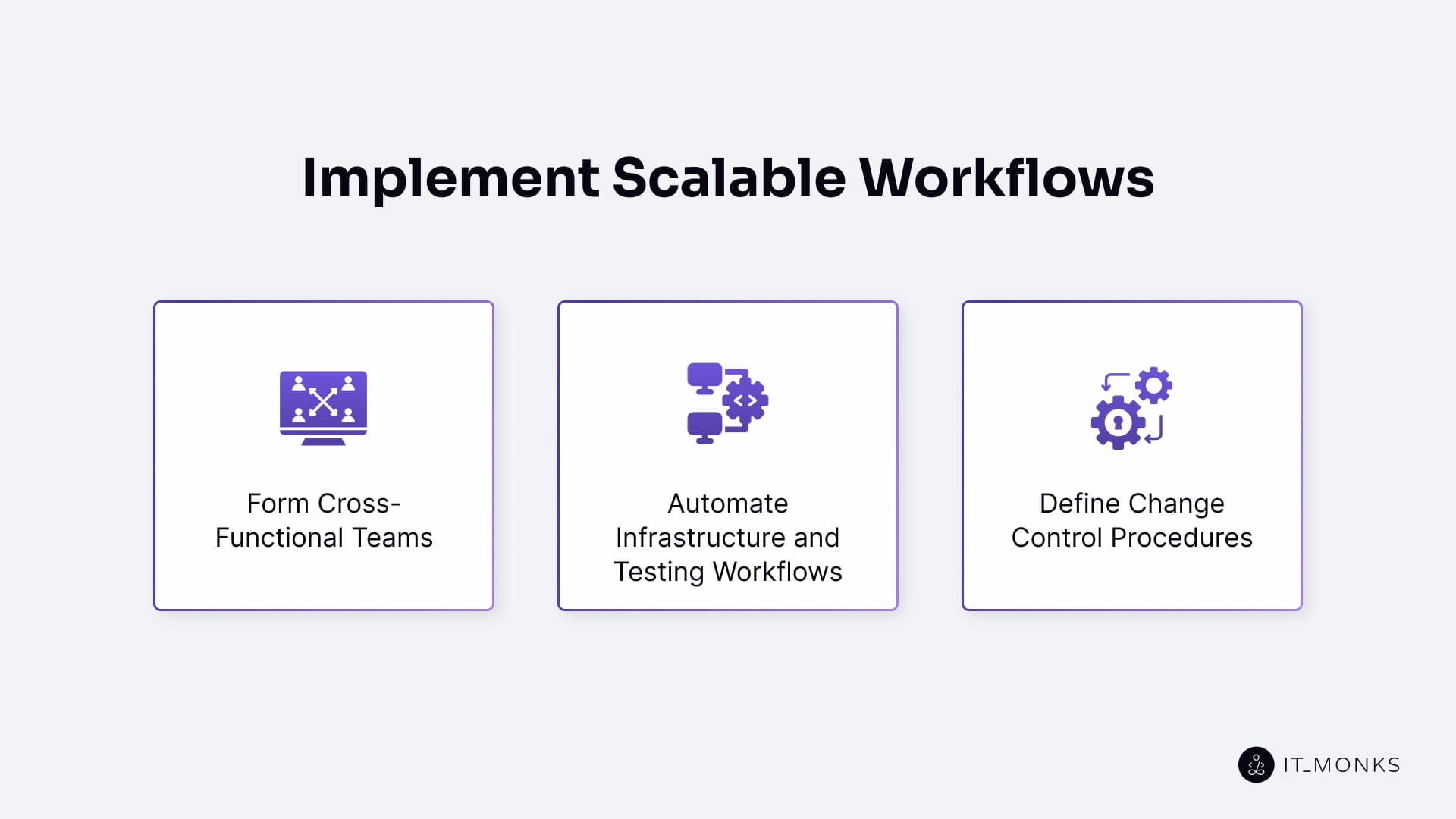
An enterprise website doesn’t run itself — it runs on workflows. And unless those workflows are built to scale, even the best tech stack will grind under the weight of version conflicts, missed approvals, and release delays. Scalable workflows are the operational backbone that aligns development, content, infrastructure, and governance into a predictable, repeatable system.
Workflows must connect DevOps, editorial, QA, and deployment into unified processes that absorb complexity without adding chaos. As user bases grow and platforms multiply, workflows become the critical control mechanism that keeps releases moving, bugs caught, and changes accountable.
Poorly designed workflows hinder release velocity and increase the risk of failure. Scalable ones — supported by CI/CD pipelines, version control, and approval chains — increase resilience and reduce manual overhead. They turn operations from reactive to reliable.
Form Cross-Functional Teams
Cross-functional teams are not org chart decorations — they’re the execution engine of a scalable website. In the enterprise context, this means assembling outcome-aligned units that span development, content, DevOps, QA, and governance — all wired into the same delivery model.
Each team must include clearly defined roles: front-end developers build the experience, CMS engineers structure the content systems, editors manage publishing workflows, DevOps leads ensure deployment integrity, QA ensures nothing breaks, and a product or platform owner aligns priorities. This isn’t about collaboration slogans — it’s about coordinated accountability.
Role boundaries must reflect ownership: who pushes what, who approves when, and who governs how. Shared environments, clearly scoped permissions, and end-to-end awareness prevent the handoff chaos that kills release velocity and introduces risk. Structured team models aren’t optional at this scale — they’re the only way to keep velocity and uptime from punching each other in the face.
Automate Infrastructure and Testing Workflows
If you’re still pushing code manually or testing in prod, please stop reading and unplug the server. Automation is the backbone of enterprise workflow stability, covering not just CI/CD but infrastructure-as-code, test coverage, rollback logic, and audit trails.
Deployment pipelines must build, validate, and ship updates across staging, QA, and production — reproducibly and without heroics. Testing workflows should encompass unit, integration, regression, and performance layers, all triggered automatically upon code changes or content workflow events. Manual steps invite human error. Automation enforces reliability.
Infrastructure parity is non-negotiable — every environment must reflect the same state, built from the same source. Whether you use abstract tools like Terraform or YAML pipelines, what matters is this: if it’s not scripted, it’s a liability.
Define Change Control Procedures
Change control isn’t bureaucracy — it’s architecture-level governance that protects the enterprise website from self-inflicted wounds. Every code commit, plugin update, CMS schema tweak, or editorial workflow change must flow through structured gates.
This means approval chains, including peer review for development changes, QA sign-off for feature releases, governance checkpoints for schema edits, and infrastructure moves. Versioning and rollback must be built-in — every change must be reversible, traceable, and sandboxed before being deployed to production.
Uncontrolled changes tank uptime, erode trust, and torpedo integrations. Controlled releases, on the other hand, enable speed without risk. This isn’t about slowing teams down — it’s about giving them the confidence to ship without fear of catastrophe.
Maintain and Monitor Software
An enterprise website doesn’t stop evolving after launch, and neither should the systems powering it. Software maintenance and monitoring form the operational backbone that sustains platform integrity, performance, and security over time. Without this layer, even the best-architected stack will degrade into a brittle mess of outdated plugins, silent errors, and unpatched vulnerabilities.
Maintenance covers more than just CMS updates — it includes scheduled plugin refreshes, API version alignment, infrastructure patches, and structured release governance for all integrations. This isn’t reactive fire-fighting — it’s proactive lifecycle management. Think of hotfix calendars, version control discipline, and system-wide change logs as part of the operational rhythm.
On the monitoring side, real observability matters. Uptime checks, error logging, latency tracking, security scans, and performance metrics must flow through a central system. Without clear dashboards and predictable alerts, outages become mysteries and risks stay invisible until they explode. Use logs, not luck.
Critically, everything, from plugin version drift to API failures, must surface in near real-time. Monitoring isn’t just about alerts — it’s about detecting patterns, diagnosing root causes, and triggering fixes before users even notice a problem. That means full-stack coverage: CMS, middleware, third-party services, deployment layers, and infra.
Software for Scalable Website Architecture
Every scalable enterprise website is built on a software backbone — a coordinated stack that powers content management, infrastructure delivery, and performance at scale. Without the right tools in place, even the best architectural plan can collapse under traffic spikes, uptime demands, or integration overload.
This layer isn’t just about choosing tools — it’s about choosing the right roles for those tools. From CMS platforms that manage structured content and workflows, to cloud infrastructure that supports multi-region uptime, to delivery networks that enforce security and speed, each component must be architected for scale, not convenience.
Enterprise stacks typically center around a composable model: a CMS like WordPress for content control, an enterprise DXP like AEM for multi-channel orchestration, cloud infrastructure like AWS for hosting resilience, and edge delivery providers like Cloudflare for performance and threat mitigation.
Each of these software types plays a specific role in sustaining uptime SLAs, enabling governance, and powering global delivery. The following blocks explain how they map to architecture layers, not to recommend particular brands, but to illustrate the types of system responsibilities these platforms fulfill.
WordPress
WordPress CMS powers more than marketing microsites — when appropriately configured, it anchors enterprise-level content operations with surprising flexibility and scale. It’s not a full-blown DXP, but it doesn’t need to be. With a modular architecture, robust plugin ecosystem, and compatibility with headless delivery models, WordPress operates as a scalable CMS core within broader enterprise stacks.
It supports REST and GraphQL APIs, making it a natural fit for API-first architectures where interoperability is non-negotiable. This allows seamless connections between WordPress and CRMs, ERPs, analytics platforms, and personalization engines, without locking the system into brittle point-to-point dependencies.
Governance is another area where WordPress shows up stronger than expected. Through role-based access control, editorial approval workflows, and multi-site management, teams can enforce structured publishing processes while maintaining a fast pace. Paired with Git-based deployment, CI/CD pipelines, and dedicated environments, it aligns cleanly with modern DevOps workflows.
If you’re still thinking of WordPress as a blogging tool, you’re already behind. When appropriately architected, WordPress for enterprise websites becomes a reliable and flexible CMS layer, delivering performance, editorial agility, and integration readiness that’s more than capable of scaling with the organization.
Adobe Experience Manager
Adobe Experience Manager (AEM) delivers enterprise-grade control over content architecture, multisite governance, and omnichannel delivery. As a Digital Experience Platform (DXP), AEM goes beyond CMS duties — it manages structured content, assets, and user experiences across global digital operations. This makes it ideal for organizations that need tight editorial workflows, localization logic, and brand consistency enforced across regions, teams, and channels.
AEM supports modular delivery via API-first models (GraphQL, REST) and slots cleanly into a composable web architecture. It enables decoupled front-ends while governing shared content models, reusable components, and asset hierarchies. Teams use it to manage content orchestration across sites, brands, and languages, all while maintaining a single source of editorial truth.
Integration with the Adobe stack (Analytics, Target, Campaign) makes AEM a central control panel for personalization, user journey optimization, and performance tracking. Hosting typically runs on Adobe-managed infrastructure or enterprise containers, reflecting its architectural weight. This isn’t for scrappy builds — AEM is built for scale, control, and extensibility when digital operations can’t afford fragmentation.
AWS Cloud Hosting
AWS infrastructure hosts the backbone of the enterprise website stack, powering CMS platforms, middleware, and edge delivery systems with resilience and elasticity. It supports multi-region deployments, auto-scaling, load balancing, and infrastructure-as-code, ensuring that your application stack adapts dynamically to traffic surges, global access, and failure scenarios.
For enterprise-grade architecture, AWS enables modular, virtualized deployments using containerized services (like ECS or Fargate) and serverless compute for task-based operations. With CI/CD pipelines, DevOps teams deploy and rollback infrastructure updates alongside code, reducing downtime, drift, and manual config risk.
Governance is baked in, from SOC2 and HIPAA compliance to cost tagging and observability integrations. Whether hosting a WordPress stack, AEM cluster, or a middleware orchestration layer, AWS provides the global uptime, redundancy, and deployment control that scalable systems require.
Cloudflare Enterprise
Cloudflare’s edge layer protects and accelerates enterprise websites from the outside in. Sitting between your origin stack and the user, it delivers cached content, enforces security policies, and optimizes performance through its global network of edge nodes. This isn’t just a CDN — it’s a security perimeter, latency buffer, and failover mesh wrapped into one.
Cloudflare’s platform includes web application firewalls (WAF), DDoS protection, rate limiting, and bot mitigation, shielding the origin infrastructure from attack vectors before they even hit your server. Its smart caching, zero-downtime routing, and DNS failover keep systems operational even if the backend wobbles.
Enterprise deployments also benefit from custom rule sets, API gateway defense, and compliance support — all of which are essential at scale. With Cloudflare anchoring the perimeter, global content delivery becomes faster, safer, and more stable, ensuring your site performs reliably, regardless of where the user connects or what attempts to disrupt it.
Contact
Don't like forms?
Shoot us an email at [email protected]

